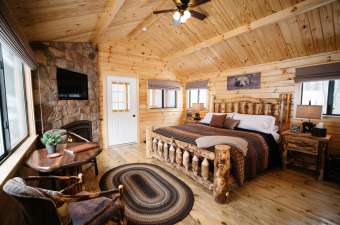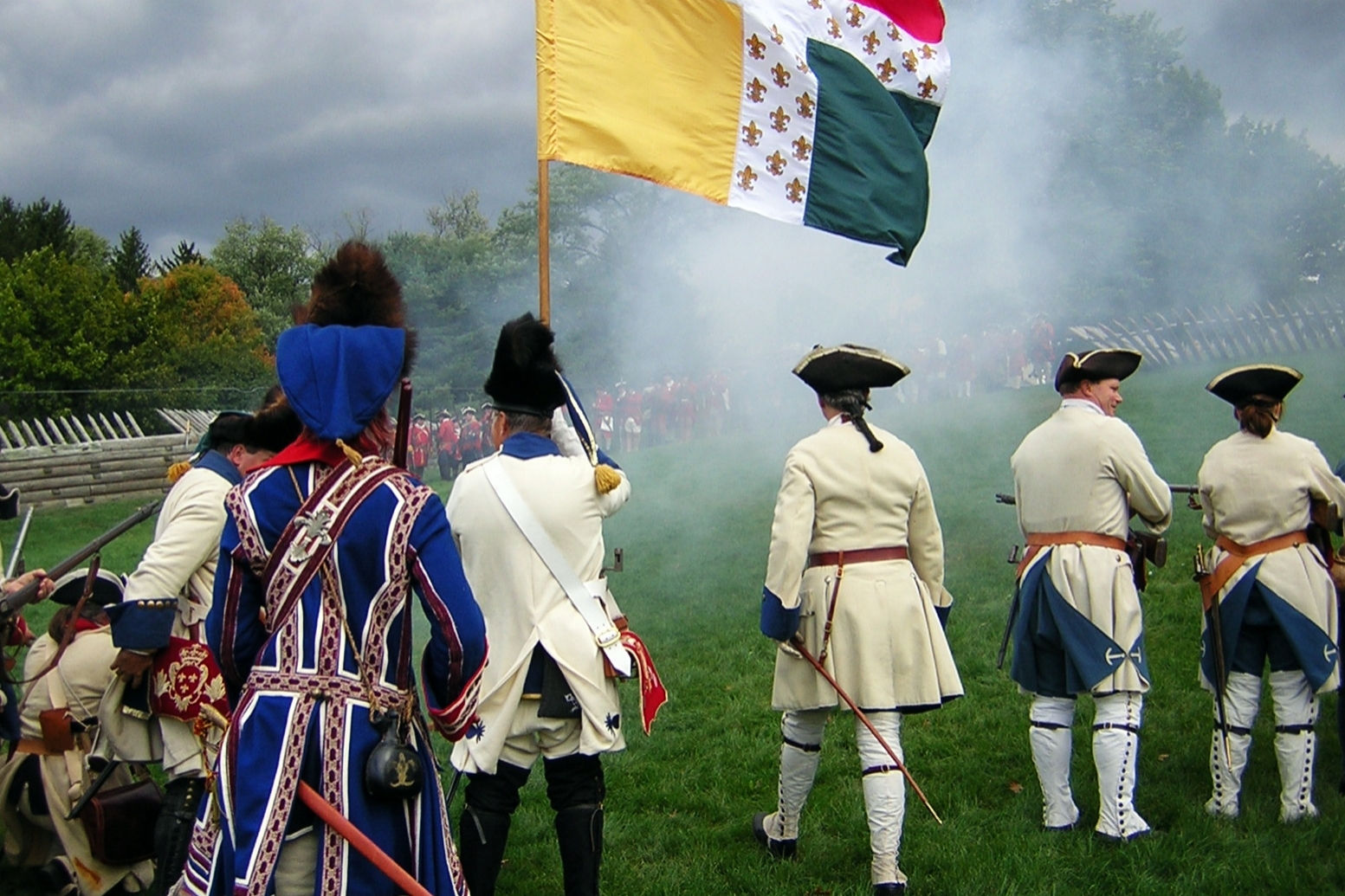Before our nation was founded and before Pennsylvania was a state, a young George Washington traipsed through our forests and pivotal battles took place in our backyard. While walking through the Laurel Highlands, you get the sense that something great happened here, something important. The region's history is rich and filled with a trail of events that led to crucial outcomes for both Pennsylvania and America. You don’t have to wander far in order to satisfy your history fix in the Laurel Highlands!
Fort Necessity National Battlefield
Long before George Washington was a decorated general of the American Revolution and the first President of the United States, he was a major commander of a militia group in 1754. In an effort to push the French out of Fort Duquesne and capture it for the British, Washington marched his militia toward what is modern day Pittsburgh. With few men and little supplies, Washington realized the march was too risky, so he turned his regiment around to head back to Fort Necessity to prepare for attack. On July 3, 1754, the attack came and overwhelmed the fort, where Washington surrendered and was allowed to return safely to Virginia. This battle is considered to be the first of the French and Indian War, which lasted until 1763. History buffs will love the short film, talks and weapon demonstrations offered at Fort Necessity today!
Fort Ligonier
Though it was originally built to be a storehouse along the Forbes Road, Fort Ligonier served a much larger purpose throughout its history. When it was being constructed in 1758 during the French and Indian War, it was attacked by a group of French soldiers and their Indian allies. Though the British and Virginian forces suffered losses, they held off the assault until the attackers retreated back to Fort Duquesne. It was used as a service area until the Pontiac War began in 1763, where the fort was a vital link of communication for the British in addition to holding off multiple attacks by various Indian tribes. Today, the Fort is open to visitors, hosting a museum, tours and special events for people of all ages!
Bushy Run Battlefield
By 1763, the French and Indian War had ended and the British Empire had won their claim on the New World. After dissatisfaction with the post-war policies implemented, Pontiac, the Ottawa chief in the Detroit area, retaliated. Nine forts were captured with a tenth abandoned. Seeing the success of the revolts, other tribes followed suit, leading to attacks that spread eastward. As the revolts worsened, an expedition was put in place to reestablish the fallen forts, when the troops were spotted and reported to the tribes surrounding Fort Pitt. The tribes went on the offensive and attacked the oncoming troops on August 5 and 6, one mile east of Bushy Run Station. The outcome was a victory for the British, establishing the previous policies of the French and Indian War. Today, Bushy Run Battlefield offers tours, educational programs and events to commemorate the history that happened there!
Looking for more historical hot spots to check out? Find them here!












